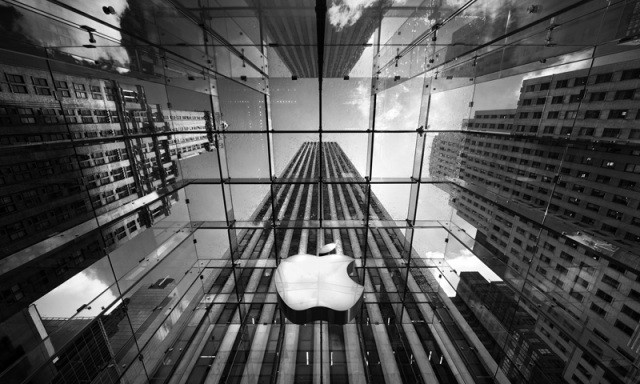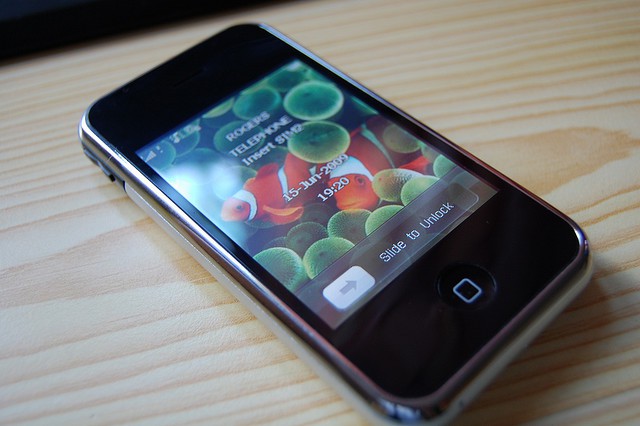There are two fighters left in the battle for market share dominance in the mobile space: Apple and Google. Android powers Samsung’s flagship handsets, and the Korean company continues to crush Apple in terms of sheer volume of units sold. Without Android, Samsung wouldn’t be near as successful.
But Apple is showing incredible growth, especially in emerging markets like China and Brazil. Smartphone sales are cannibalizing ‘dumb phones’ rapidly, and Apple is leading the smartphone pack with Samsung and Android.
![Apple And Google Continue To Lead The Smartphone Race By A Long Shot [Report] DSCF0031](https://www.cultofmac.com/wp-content/uploads/2012/11/DSCF0031.jpg)
![Apple Owns 65% Of Mobile Web Traffic, iPhone 5 Expected To Boost Share [Report] See all that blue? That's Apple.](https://www.cultofmac.com/wp-content/uploads/2012/09/Screen-Shot-2012-09-05-at-4.27.21-PM.jpg)
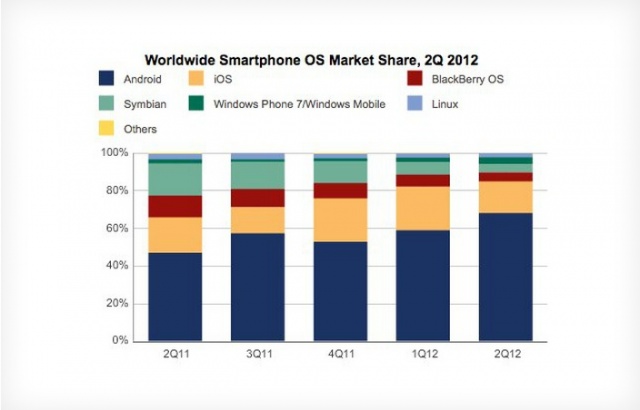
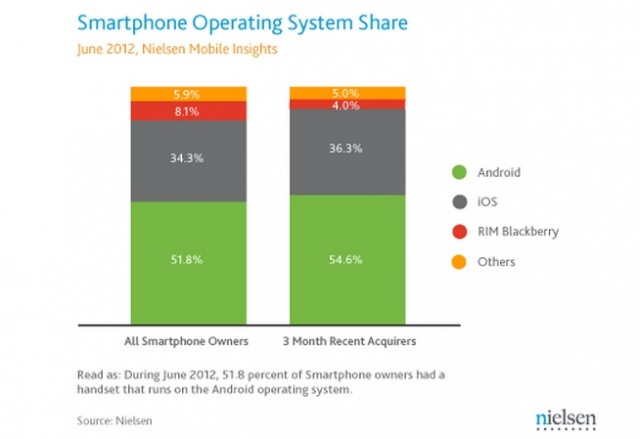
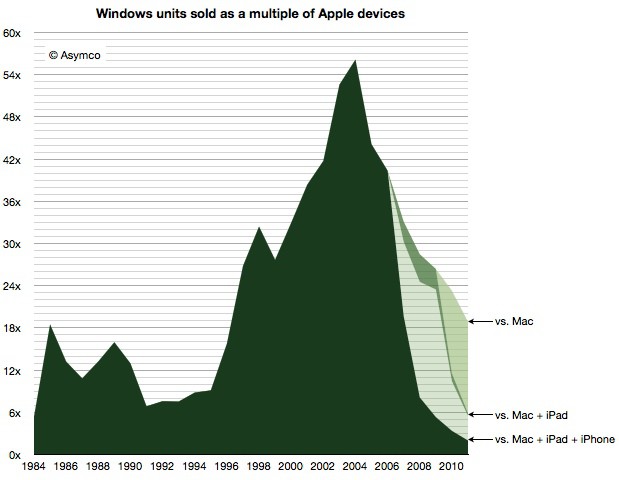
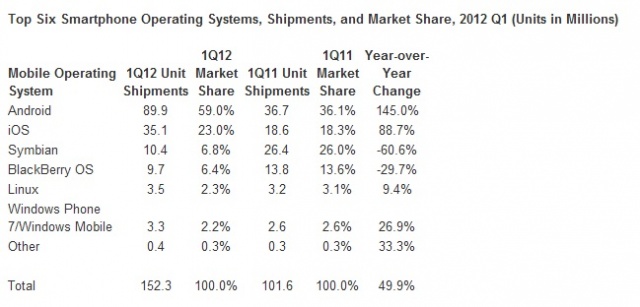
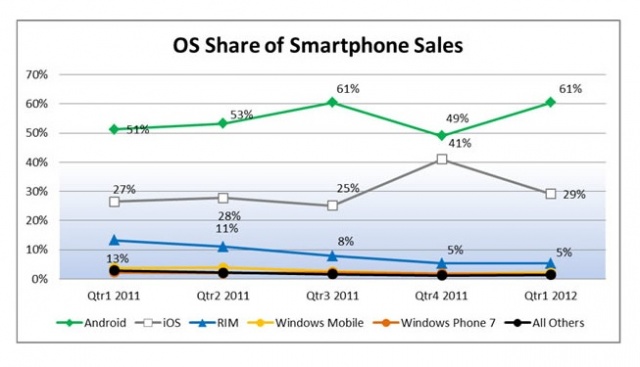
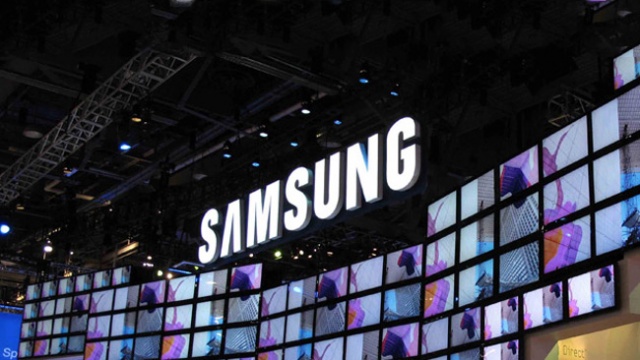
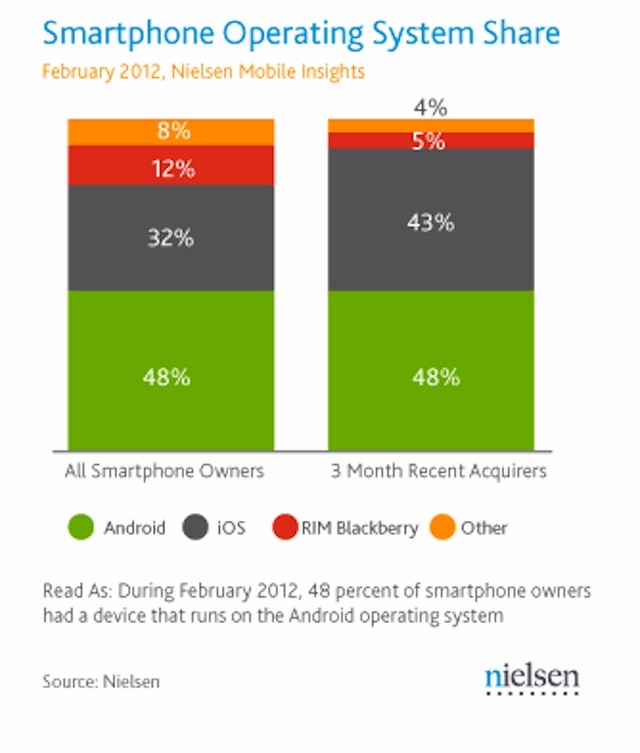

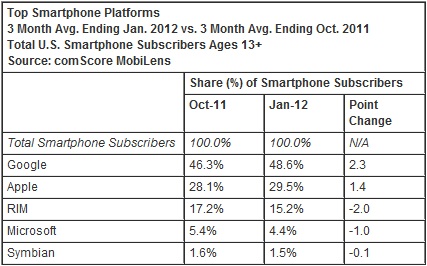
![Android Handsets Crushing The iPhone In Countries Without Carrier Subsidies [Report] post-148961-image-d8596a1eb0747897864a8d0b0585cafc-jpg](https://www.cultofmac.com/wp-content/uploads/2012/02/post-148961-image-d8596a1eb0747897864a8d0b0585cafc.jpg)
![IOS Web Traffic Trumps Mac OS X For The First Time [Report] 5531005159_c69c759b7c_o](https://www.cultofmac.com/wp-content/uploads/2012/02/5531005159_c69c759b7c_o.jpg)
![Apple Surpasses Android To Become Reigning Champion In The U.S. [Report] appllevgoog](https://www.cultofmac.com/wp-content/uploads/2012/01/appllevgoog.jpg)
